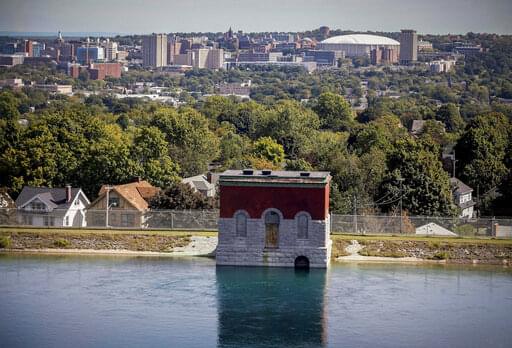Governor Andrew M. Cuomo announced on Thursday a first-in-the-nation drinking water standard for emerging contaminant 1,4-Dioxane, setting the maximum contaminant level of 1 part per billion for 1,4-Dioxane. The Governor also announced maximum contaminant levels for emerging contaminants PFOA and PFOS in New York’s drinking water, which are among the lowest in the U.S. for PFOA and PFOS at 10 parts per trillion.
“While the federal government continues to leave emerging contaminants like 1,4-Dioxane, PFOA and PFOS unregulated, New York is leading the way by setting new national standards that help ensure drinking water quality and safeguard New Yorker’s health from these chemicals,” Governor Cuomo said.
The new regulations require public water systems in the state to regularly test and monitor for these chemicals, regardless of size. All three contaminants have been detected in drinking water systems across the country, yet remain unregulated by the U.S. Environmental Protection Agency, which is responsible for setting regulatory limits under the federal Safe Drinking Water Act.
(PHOTO: AP IMAGES)

